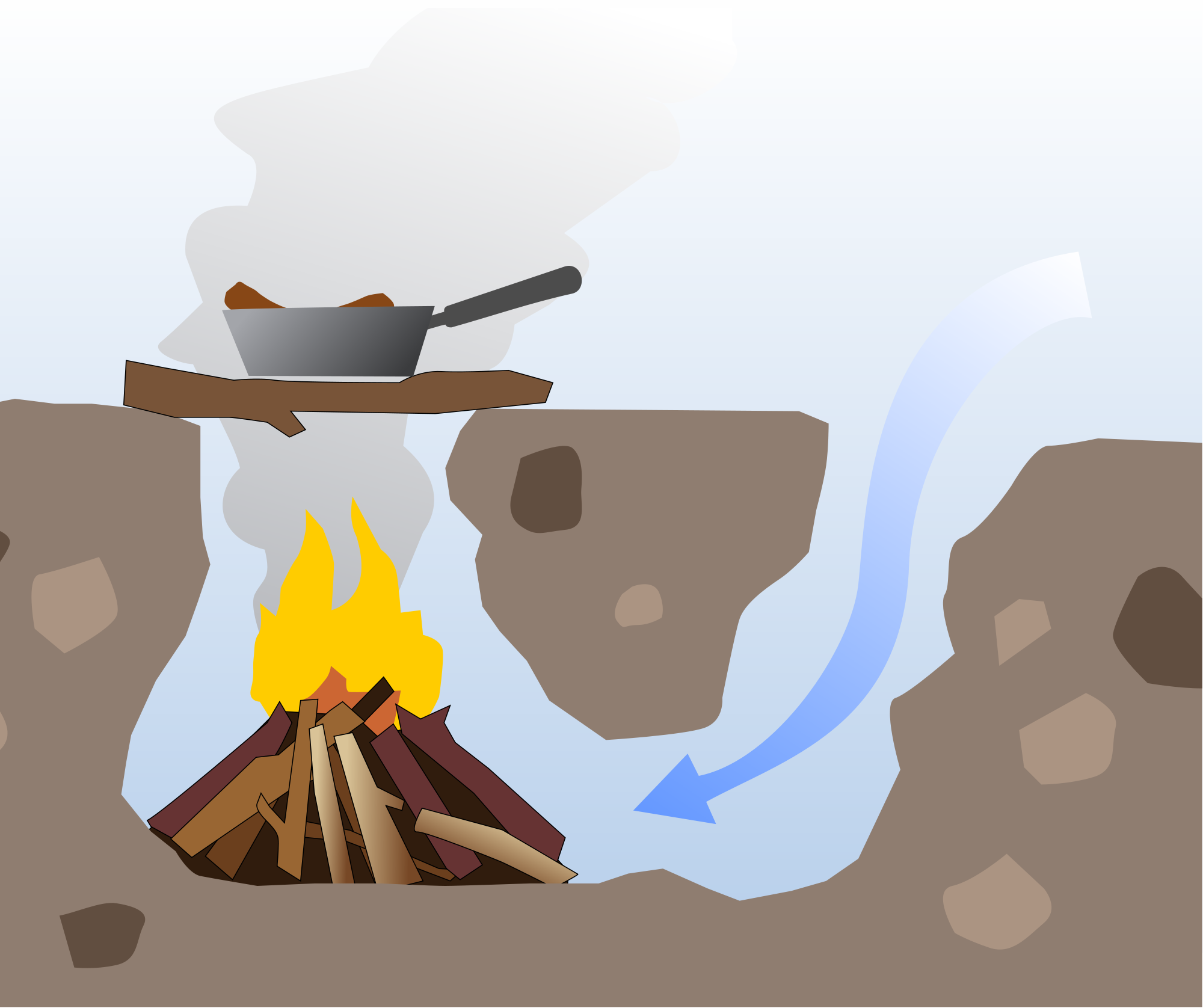Not all fires are created equal. If all you know is the standard teepee style campfire, then your fire skills might be a bit lacking. In this article, we will take a look at the Dakota fire hole, how to make one, and its strengths and weaknesses.
How to Build a Dakota Fire Hole
The basic design is simple, dig a hole about 18” to 24” deep, and about 12” wide. Then dig a hole the same depth and similar width as the first hole about 9” away. Then connect the two holes at the bottom by digging out the dirt in between, so that you have a “U” cavity in the ground. Keep the dirt nearby. Gather your wood and tinder as usual, the only difference is that you will have to get the wood into lengths that are approximately equal to the depth of your hole. Fill the hole with the wood, place it in the hole so that all pieces are vertical, with small and larger pieces mixed in together. Create some room in the center and put your tinder in from the top, (the fire could be started from the bottom in really windy situations, but this will also have its own level of difficulty because the fire will tend to draw out the moisture from the ground before it is well established) then light the tinder as usual. The fire should draw air in from the second hole and start quickly.
Benefits
The Dakota fire hole will allow you to cook food or boil water quickly, with less fuel than other fires because it concentrates the heat of the fire to the opening of the hole. It can be used in high wind with little effect on its efficiency. If stealth is a concern the Dakota fire pit can be used to reduce the light given off during the night, the smoke visible during the day, and the spot of the fire can be completely covered with the dirt that was removed when you are done.
Draw backs
The Dakota fire hole is not useful if the ground is saturated. It does not radiate as much heat as a fire that is above the ground, so if wind is not an issue, and heat is necessary for survival, the Dakota fire hole is not what you want.
There is no fire that is right for all situations. The more versatility you have in your ability to build a fire, the better suited you are for survival in any situation you could find yourself in.
If you liked this, you might also enjoy…



Wish I could be there.
Love, peace And blessings,
Bette❤️💚🙏💞
I TRIED TO PLACE AN ORDER BUT THERE WAS NO PLACE TO PUT MY ADDRESS
RE:: BATTERY RECHARGING MANUAL
Excellent article, the description along with the picture provided a reader with easy to comprehend the correct process.
While a number of years ago this would not have been necessary, with the dumbing down of the American public it is currently a necessity unfortunately!
What do you expect when they remove math from the curriculum to make room for “gender studies”?
Thank you – even good ole Girl and Boy Scouts need memories tweaked, and/or new methods
introduced. Your explanation was brief but complete, informative, and stored away in memory for a
“whenever”.